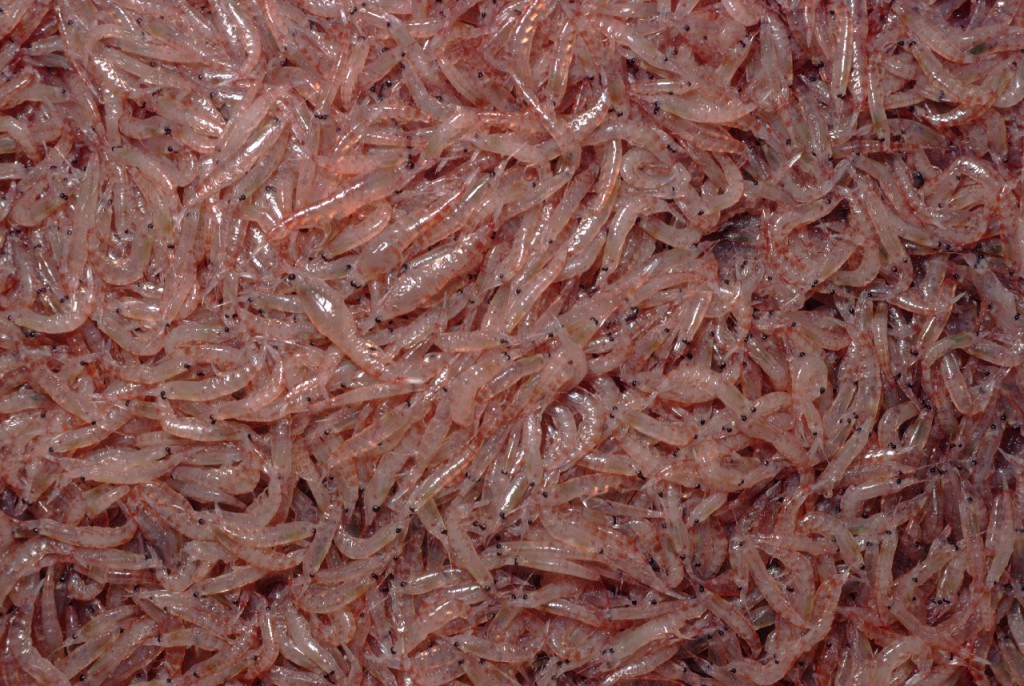New research shows how much food is needed by seabirds
An international group of scientists has shown that many seabirds begin to suffer when the food available for them in the ocean declines below a critical level. This level is about one-third of the maximum measured amount of food available. They have found that this critical level is about the same for seabird species around the world. Their study — the most comprehensive ever undertaken — covers birds from the Arctic to the Antarctic and from the Pacific to the Atlantic.

The study focussed upon seabirds near the top of the food chain that feed mainly on fish like sardines, anchovies and sandeels and, in the Antarctic, on krill (small, shrimp-like crustaceans). These seabirds are often key species in marine ecosystems that are sometimes also exploited by fishers, but exploitation of species on which they feed can put them at risk.
Dr Ian Boyd of the Scottish Ocean Institute, University of St Andrews, who co-led the study, said,
“When combined with the effects of climate change, we need to develop better methods of setting the limits of exploitation of important marine species. This means being able to establish general guidelines that, if exceeded, will cause changes to other important components in the ecosystems. Seabirds are some of the best and most easily measured indicators we have of the health of these ecosystems and it seems sensible to use them in this context”.
The researchers used data collected from 14 species including penguins, terns, skuas and a species of gull. Their success at producing chicks was measured by counting the number of nests and the resulting chicks, yielding an estimate for the average number of chicks produced per nest. This was related to annual estimates of the abundance of that species’ prey based on counts or, in the case of krill, on the reflection of sound waves emitted from research ships.
Observation periods of between 15 and 47 years yielded an overall total of 438 years of observations, which constitutes one of the most comprehensive global databases ever assembled for predators and their prey.
The effect of low prey abundance was similar in all regions of the world. When the amount of fish in the sea was greater than one-third of the maximum ever recorded, the number of chicks produced was unaffected by changes in food availability. But if the fish abundance fell below this one-third threshold then breeding success declined.
Leader of the team, Dr Philippe Cury of the French Research Institute for Development (IRD) said,
“We were amazed by the consistency of the relationship around the globe. This suggests that we have found an important benchmark that could be used as a guide to limit the amount of fish taken from the sea in order to maintain seabird populations in the long term.“
The team were stimulated to undertake their study by growing concerns about the effects that fishing may be having upon some of these important species in marine ecosystems.
Professor Eugene Murphy of British Antarctic Survey and a co-author of the report, said, “In the Antarctic overall levels of krill fishing are currently low and sustainable. However, the congregation of many predators in concentrated areas for breeding can mean that local krill exploitation may affect the viability of these breeding colonies.”
This study highlights the importance of long-term observations in developing our understanding of complex marine ecosystems.
